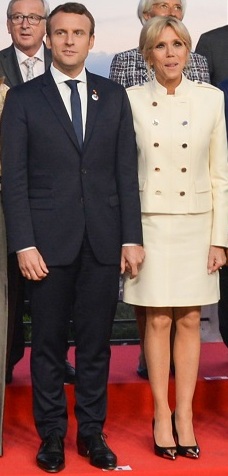The Power of Diverse Groups in Generating Exciting Dynamics

본문
When folks from varied backgrounds, experiences, and perspectives gather, the outcome is typically a vibrant, high‑energy setting that feels alive and unpredictable.
This isn’t merely a feel‑good claim; it stems from how diversity shapes our thinking, communication, and problem‑solving.
First, consider the diversity of viewpoints that enter the conversation. Each person carries a unique set of assumptions and mental shortcuts influenced by their culture, education, and life story.
When these minds clash, familiar patterns are challenged.
A solution that appears obvious to one person may seem flawed to another, and that tension compels the group to examine the problem from multiple angles.
The outcome is a richer array of options than any single perspective could yield.
Diversity sparks curiosity, secondarily. When you hear a colleague explain a concept that comes from a different cultural context or a new industry, you’re naturally inclined to ask questions.
That curiosity drives deeper exploration and keeps the discussion moving.
In a homogeneous group, conversations can settle into comfortable rhythms, with people repeating the same ideas as they share the same reference points.
In a diverse group, the rhythm is continually shifting as new ideas enter the mix.
Third, the mix of communication styles adds a dynamic layer. Some cultures value directness, others prefer subtlety.
Some people thrive on rapid back‑and‑forth dialogue, while others need space to reflect before speaking.
When these styles overlap, the group adapts.
A quick, energetic exchange can be balanced by a thoughtful pause, 大阪 街コン creating a cadence that keeps everyone engaged and ensures that no single voice dominates.
Fourth, diverse groups naturally build resilience. When a team is exposed to a range of problem‑solving approaches, it’s less likely to be blindsided by unforeseen obstacles.
The different "mental tools" in the toolbox mean that when one approach fails, another is ready to step in.
That flexibility makes the group more capable of navigating uncertainty, creating an environment where experimentation feels safe and excitement thrives.
Finally, the sheer act of collaboration across differences can be exhilarating. When people share a goal—whether it’s launching a product, solving a technical issue, or planning an event—each member brings something distinct to the table.
Seeing how those distinct pieces fit together can feel like watching a puzzle come alive.
The act of aligning disparate ideas into a coherent whole energizes everyone involved.
In practice, this dynamic shows up in many ways.
Innovation teams that combine engineers, designers, marketers, and sociologists often produce breakthrough products because each discipline asks a different question.
Cross‑functional project groups that include people from various geographic regions can anticipate local market nuances that a single‑location team might miss.
Even informal gatherings—like a company lunch or a hackathon—benefit when people speak different languages, practice different rituals, or hold different worldviews.
The challenge for leaders is to create an environment that allows this energy to flow.
That means establishing clear norms for respectful listening, encouraging curiosity, and actively recruiting a broad range of perspectives.
It also means recognizing that diversity alone isn’t enough; inclusion—making sure everyone feels heard and valued—is what turns potential into real dynamism.
So next time you’re assembling a team, think beyond skill sets.
Look for the hidden sparks that diverse backgrounds can ignite.
The result will be a group that doesn’t just work together, but creates an exciting, constantly evolving dynamic that propels everyone forward.


댓글목록0
댓글 포인트 안내